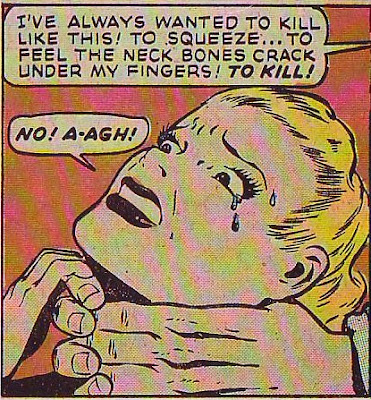
I'm only 20% through the book but I can report that what I've read so far is pretty amazing. If Mike is right then a lot of the character of the later studio was formed in the late twenties when Disney was struggling to keep his head above water amid betrayals by artists and predatory competi
tors. A lot of his problems stemmed from location. He was trying to get an animation studio started in L.A. when all the good and experienced animators were in New York. He had to rely a lot on the few experienced people he was able to lure to Los Angeles and each one in
thei
r turn betrayed him, some at the worst possible time when his whole career hung in the balance.

He didn't have the experienced animators to compete with the East Coast so he had to rely on a technical innovation, sound, to stay in the race. The New York animators were funnier, gutsier, and were better at acting, but the people they were working for were slow to adapt to sound, which proved to be their undoing. Against great odds Disney (along with Carl Stalling who may also have betrayed him) made sound work.
The book doesn't say so but it's hard to resist the conclusion that Disney began to believe that technology and advances in technique were more reliable allies than people. You could hire a funny guy and, sure the films would be funnier, but then he'd leave you. But if you had a patent or a unique organizational technique...well, that's something you can cling to.

Disney had a lot of people problems in the late 20s and the accounts are heartbreaking to read. In the absense of star animators Di
sney made a big effort to educate the artists he did have. He'd even drive them to the art classes he arranged. Sadly a lot of them didn't take it seriously and most tried to get out of it. The animators who left Disney tried to make a go of it in set-ups of their own but were too mild mannered to survive in the business world. You wonder what would have become of animation if these mild people had been its only champions.
Now I know some fans of the Fleischers would say, "So wh
at if Walt had gone under? New York was turning out gutsier animation and they'd have gone to sound eventually. Walt was stressing out because he was trying to start a studio on the wrong coast. His effort to get it started on uncongenial ground (the West Coast) ended up warping and twisting the medium and we've never recovered." I'm dying to see what answer the book makes to this.
My own suspicion is that New York animation was dying for reasons that had nothing to do with Disney but that's a guess and I could be completely wrong. After all, Popeye was popular enough to get an Oscar one year.
BTW, the terrific Disney caricatures on this page were done by Fred Osmond. They're ripped off from his blog:
http://cartoonsandcaricatures.blogspot.com/2005_07_01_archive.html















































 "URGES!? Oh, Bashaw! What kind of urges could you have at your age?
"URGES!? Oh, Bashaw! What kind of urges could you have at your age?



